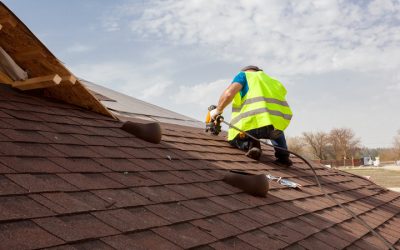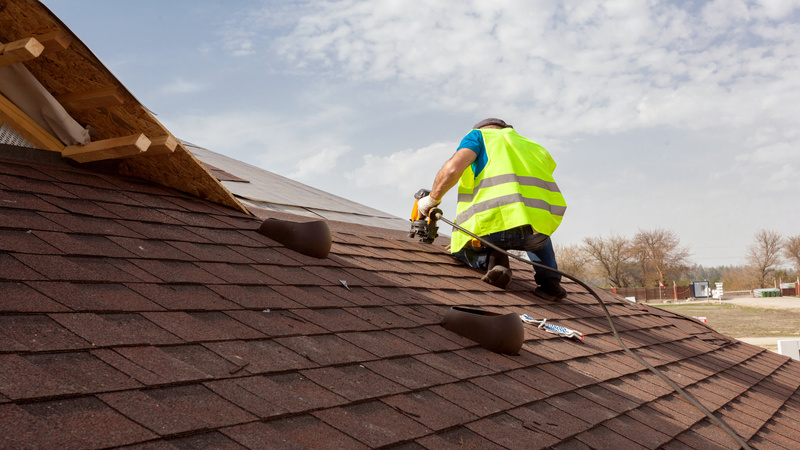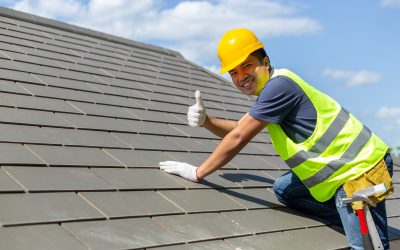The United States Department of Labor’s Occupational Safety and Health Administration (OSHA) governs employee safety in the workplace. Among its thousands of pages of regulations, OSHA seek to protect workers from falling off a roof and injuring themselves. Directives for commercial roofing companies cover commercial projects. Residential contractors were exempted in the past from the most restrictive fall prevention regulations found in the commercial roofing regulations. OSHA defined residential, as the end-use of the structure being built must be a used as a home, but it did not define the slope of the roof being exempted.
The Old Rule
Recently, OSHA issued a new directive covering residential roofing projects. Prior directives allowed contractors engaged in certain types of residential construction to use specific alternative methods of fall protection, such as slide guards or safety monitor systems. Conventional fall protection using guardrails, safety nets, or personal fall arrest systems are common on large projects. OSHA allowed residential workers to use the alternative measure simply by stating the use of full fall protection is hazardous. Also, the employer was relieved of the requirement of having a written residential fall protection plan.
New OSHA Directive Issued December 2010:
OSHA regulation 29 CFR 1926.501(b)(13) must be followed by residential construction contractors. All residential construction employers must assure that employees working six feet or more above lower levels must use guardrails, safety nets or personal fall arrest systems. A personal fall arrest system may consist of a full body harness, a deceleration device, a lanyard and an anchor point.
OSHA’s goal is to prevent workers from falling off the roof’s ledge with harmful results. One way to ensure the worker will not go over the edge is to have a restraining fall protection system or monitor to alert the worker of the ledge. Low sloping roofs would qualify for this type of warning. Steep sloped roofs must have more robust compliance measures in place to protect the worker.
Can an Employer Appeal for an Exemption?
Yes. The employer must demonstrate that the use of conventional fall protection may create a greater hazard for the employee. Therefore the contractor must create a written site-specific residential fall protection plan. The plan must provide documents written by an expert engineer explaining why the conventional fall protection is hazardous to the worker. Unfortunately, the accident rate for the home roofing industry has not declined significantly over the past three years.
This information was derived from Title 29 of the Code of Federal Regulations. For more information, consult the OSHA website.








